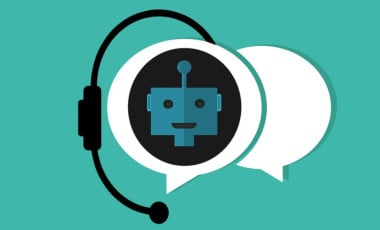Improving citizen service Experience in Government Offices
Today’s citizen expects a modern, streamlined, and responsive citizen service experience across government institutions, comparable to leading private-sector organizations.
An online web-based service ensures that citizens get consistent, accurate, and up-to-date answers regardless of who is at the service desk. Documenting the frequently asked questions and guiding citizens with helpful text on the website can help reduce the calls to the support desk.
A government institution’s frontline employees need to be empowered digitally to search for a wide range of government programs. They must have access to a single repository to lookup details with contact details of a charge program, to reach out in the event additional information is required.
Implementing digital communication boards with the right content near the waiting lounge significantly drops the anxiety, response time at the query desk, empowering the support personnel to be more effective.
Shifting from paper-based communication to online web-based forms along with payment through the website can significantly reduce the interaction time at government offices.
Designing an effective document workflow and automating the process ensures that routine tasks are completed on time – without delay.
Citizen experience programs in government institutions should include periodic measurement and feedback on the ease of use of services, simplicity, efficiency or speed, transparency of the process, quality of the service or its usefulness, and the attitude of service delivery employees, etc.
Implementing self-service kiosks at the offices can redirect the citizen to the right desk without additional delay. As citizen moves along within or between government facilities, using access-controlled RFID tags, institutions can measure the process timeliness and efficiency, not just at the transaction level but also the effect when the service involves intra-department approvals, and inter-department approvals wherever applicable. Using root cause analysis, the delays in service delivery parameters can be questioned and additional steps to either tweak the procedures or empower the front-line managers can be taken.
By integrating SMS alerts into the workflow – citizens can get proactive communication on the status of government services enrolled for, along with options to escalate to higher authorities, when needed.
Citizen programs with high impact should be classified separately and run with cloud-based digital dashboards that present the administrators with key metrics that can be tracked continuously - such as transaction success rate, timeliness, and other mission-specific outcomes. The issues faced by citizens in these programs must be addressed on a high-priority basis.
As the quality of government service delivery increases, public attitudes toward government also change for the better. Quality of service at government institutions is a true reflection of a well-performing government.
References
[1].https://hbr.org/2016/01/how-local-governments-are-using-technology-to-serve-citizens-better
[2].https://www.mckinsey.com/industries/public-sector/our-insights/implementing-a-citizen-centric-approach-to-delivering-government-services
[3].http://siteresources.worldbank.org/EXTSOCIALDEVELOPMENT/Resources/244362-1265299949041/6766328-1298477370227/7751772-1346353066230/Citizens-Charters.pdf
[4].https://www.zendesk.com/
[5].https://www.helpscout.net/



